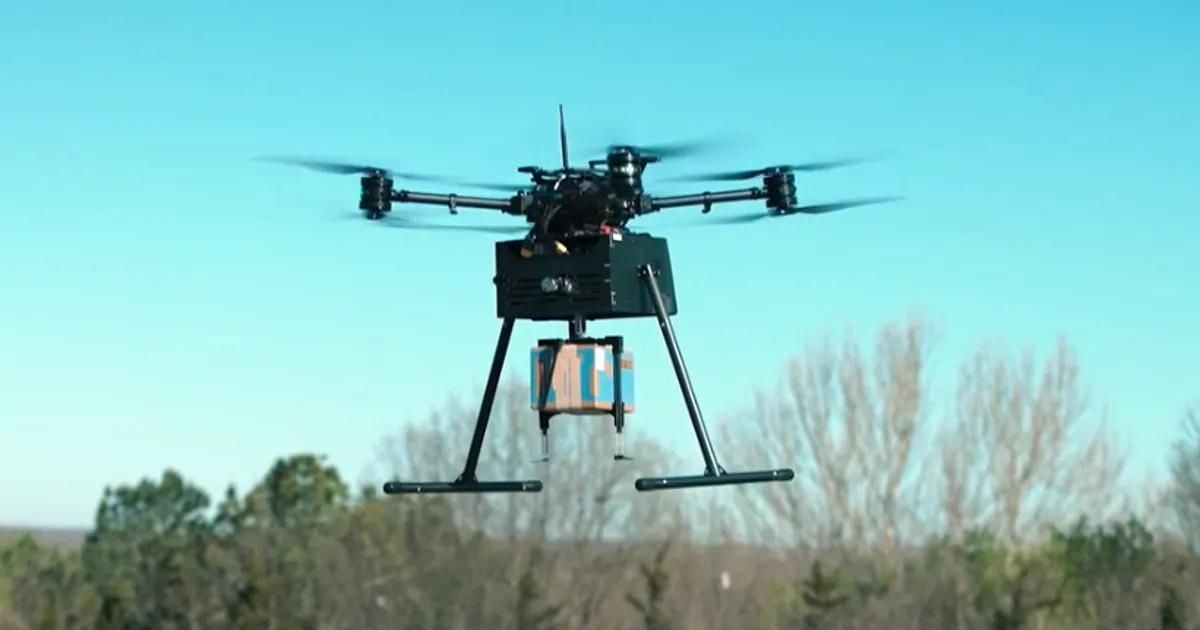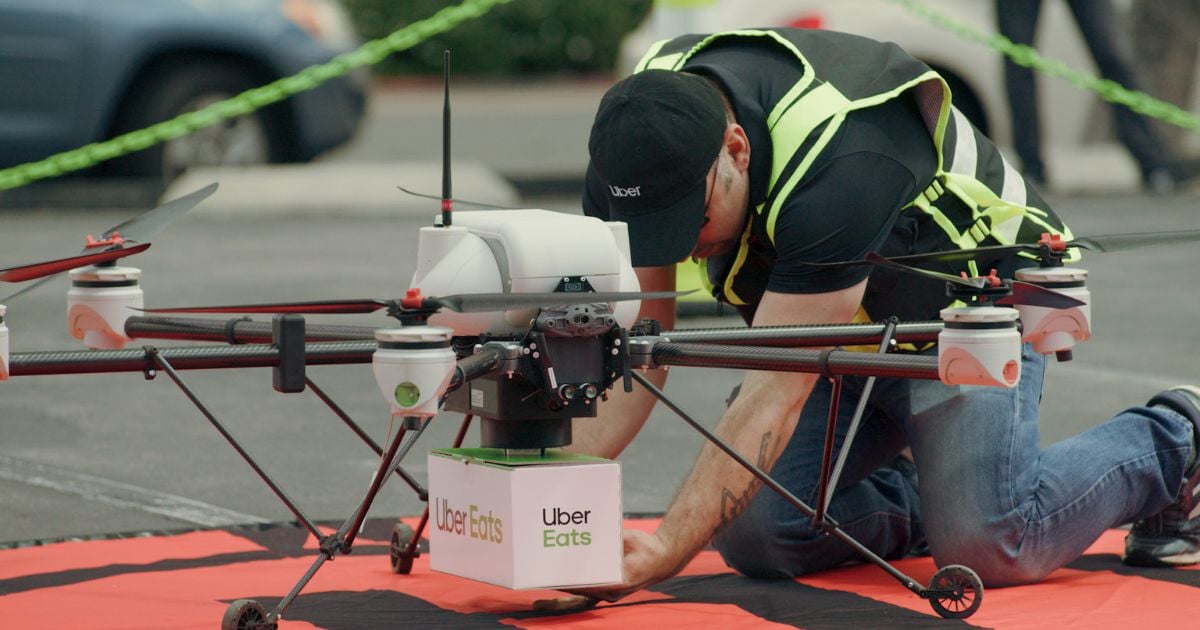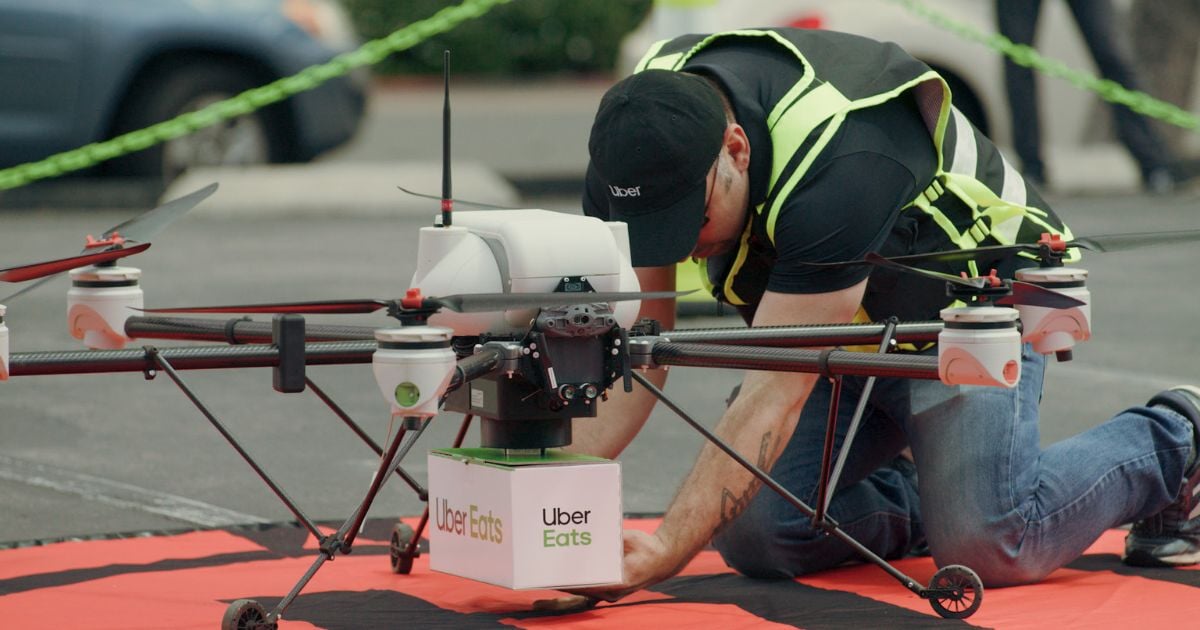Remington drone loads represent a significant advancement in payload delivery systems. This guide explores the various Remington drone models, their capabilities, and the diverse applications they support across numerous industries. We will delve into payload types, safe handling procedures, and crucial safety regulations, ensuring a comprehensive understanding of this evolving technology.
From understanding the specifications of different Remington drone models to mastering safe payload handling techniques and navigating relevant regulations, this guide provides a practical and informative resource for anyone involved in or interested in the utilization of Remington drones for payload delivery. We will examine real-world case studies to illustrate the effectiveness and versatility of these systems.
Remington Drone Models and Capabilities
Remington offers a range of drones designed for diverse payload delivery needs. This section details the specifications and unique selling propositions of several key models, highlighting their performance characteristics and intended applications.
Remington drone loads often require careful planning for optimal weight distribution and flight stability. To monitor weather conditions affecting potential flight paths, operators frequently consult real-time visual data; for example, you can check the current situation in Port Dover using the port dover live camera. This allows for informed decisions regarding Remington drone loads, ensuring safe and efficient operations.
Remington Drone Model Specifications
While specific models and their exact specifications are proprietary information and may change, the following table provides a generalized comparison based on typical Remington drone offerings. Note that payload capacity, flight time, and range are highly dependent on factors such as payload weight, weather conditions, and battery health.
| Model | Payload Capacity (kg) | Flight Time (minutes) | Range (km) |
|---|---|---|---|
| Remington X1 | 5 | 30 | 15 |
| Remington X2 | 10 | 25 | 20 |
| Remington X3 | 20 | 20 | 25 |
Remington Drone Model Unique Selling Propositions
Each Remington drone model caters to specific needs. The X1 is ideal for smaller, time-sensitive deliveries; the X2 balances payload and range effectively; and the X3 excels in heavier-duty applications requiring greater capacity and reach.
- Remington X1: Optimized for speed and efficiency in short-range deliveries, suitable for urgent medical supplies or small package deliveries in urban environments.
- Remington X2: Provides a balance between payload capacity and range, making it suitable for various applications including agricultural monitoring, infrastructure inspections, and delivering supplies to remote areas.
- Remington X3: Designed for heavy payloads and extended range operations, suitable for tasks such as transporting construction materials to remote sites or delivering larger quantities of goods across significant distances.
Payload Types and Handling: Remington Drone Loads
Remington drones are compatible with a variety of payloads, demanding careful handling procedures to ensure safety and operational efficiency. Understanding these payloads and their handling is crucial for successful deployment.
Compatible Payload Types
The types of payloads compatible with Remington drones vary depending on the specific model and its payload capacity. However, common payload types include:
- Medical Supplies: Blood samples, medications, emergency equipment.
- Agricultural Supplies: Seeds, fertilizers, pesticides.
- Construction Materials: Small tools, fasteners, building components.
- Packages and Parcels: Various goods for delivery services.
- Sensors and Monitoring Equipment: Cameras, environmental sensors, infrared detectors.
Payload Loading and Unloading Procedures
Safe payload handling is paramount. The following steps Artikel a standard procedure:
- Ensure the drone is powered off and the propellers are secured.
- Carefully open the payload bay, following the manufacturer’s instructions.
- Securely place the payload in the designated area, ensuring proper weight distribution.
- Close the payload bay and ensure it is securely latched.
- Power on the drone and perform pre-flight checks.
- After the flight, reverse the procedure for unloading.
Visual Guide for Securing Payloads
A visual guide would show a cutaway view of the drone’s payload bay. The bay would be depicted in a light grey color, with various payload types (represented by simplified shapes and labels: a red box for medical supplies, a green bag for agricultural supplies, etc.) secured with straps (depicted in blue). Labels would clearly indicate the correct placement and securing methods.
Arrows and annotations would show the correct tightening procedure for straps, ensuring a secure fit without damaging the payload.
Applications of Remington Drone Loads
Remington drones find applications across diverse industries, revolutionizing payload delivery and data acquisition. This section provides examples of successful deployments.
Remington drone loads often involve considerations of payload capacity and stability. Understanding the capabilities of your drone is crucial, especially when dealing with heavier equipment; for example, choosing the right drone depends heavily on its features, and you might find a suitable option by checking out this selection of drone with camera systems. Ultimately, proper planning ensures safe and efficient Remington drone loads, maximizing both payload and flight performance.
Industry Applications of Remington Drones
The versatility of Remington drones makes them suitable for various sectors. Examples include:
- Healthcare: Delivering urgent medical supplies to remote areas or disaster zones.
- Agriculture: Precise application of fertilizers and pesticides, crop monitoring.
- Construction: Transporting materials to inaccessible locations, reducing labor costs.
- Logistics: Last-mile delivery services, enhancing speed and efficiency.
- Environmental Monitoring: Collecting environmental data, surveying wildlife populations.
Case Studies

| Industry | Application | Payload Type | Outcome |
|---|---|---|---|
| Healthcare | Emergency blood delivery | Blood bags | Successful delivery, saving a life |
| Agriculture | Precision fertilizer application | Liquid fertilizer tank | Increased crop yield by 15% |
Hypothetical Scenario: Search and Rescue

A Remington X2 drone is deployed in a mountainous region to deliver emergency supplies to hikers stranded after a sudden storm. The payload consists of a first-aid kit, thermal blankets, and high-energy food bars. Logistical considerations include careful route planning to avoid obstacles and strong winds, as well as ensuring the drone has sufficient battery life for the round trip.
The successful delivery of supplies ensures the hikers’ survival until rescue teams arrive.
Safety and Regulations
Operating Remington drones carrying payloads necessitates adherence to strict safety protocols and regulations. This section highlights key considerations for safe and compliant operation.
Key Safety Precautions and Regulations
- Always follow the manufacturer’s instructions.
- Ensure the drone is properly maintained and inspected before each flight.
- Adhere to all local and national aviation regulations.
- Operate the drone within visual line of sight.
- Avoid flying in adverse weather conditions.
- Properly secure the payload to prevent accidental release.
Potential Risks and Mitigation Strategies
Improper payload handling can lead to accidents, including payload loss, damage to the drone, or even injury to people. Mitigation strategies include thorough training, adherence to safety protocols, and regular maintenance of the drone and payload system.
Compliance with Aviation Regulations
Operators must obtain the necessary permits and licenses before operating a drone carrying a payload. They must also understand and comply with airspace restrictions and other relevant regulations.
Maintenance and Troubleshooting
Regular maintenance and prompt troubleshooting are crucial for ensuring the longevity and safe operation of Remington drones and their payload systems.
Maintenance Schedule, Remington drone loads
A comprehensive maintenance schedule should include regular inspections of the drone’s mechanical components, battery health checks, and thorough cleaning of the payload bay. Specific intervals should be defined based on the manufacturer’s recommendations and the frequency of drone use.
Troubleshooting Tips
Common issues include: battery malfunctions, propeller damage, payload bay malfunctions, and communication errors. Check battery levels, inspect propellers for damage, ensure the payload bay is securely closed, and verify proper communication links. Consult the manufacturer’s troubleshooting guide for detailed solutions.
Flowchart for Payload Operation Problems

A flowchart would begin with a “Problem during payload operation?” decision point. If yes, it would branch into sub-problems: “Payload not secured?”, “Drone malfunction?”, “Communication error?”. Each sub-problem would have a defined troubleshooting path leading to solutions such as “Resecure payload”, “Perform drone diagnostics”, or “Check communication links.” The flowchart would eventually lead to a resolution or escalation point, indicating whether the problem is resolved or requires professional assistance.
The efficient and safe operation of Remington drones for payload delivery requires a thorough understanding of the technology, procedures, and regulations involved. This guide has provided a foundational knowledge base, covering drone models, payload handling, applications, safety, and maintenance. By adhering to best practices and remaining informed about advancements in the field, users can leverage the full potential of Remington drone loads while mitigating risks and ensuring operational success.
Helpful Answers
What is the maximum weight a Remington drone can carry?
This varies significantly depending on the specific Remington drone model. Consult the specifications for each model to determine its payload capacity.
How long does the battery last on a Remington drone?
Flight time also varies by model and payload weight. Check individual model specifications for details.
What type of insurance is required for operating a Remington drone with a payload?
Insurance requirements vary by location and the type of operation. Consult your local aviation authorities for specific regulations.
Are there any restrictions on where I can fly a Remington drone carrying a payload?
Yes, airspace restrictions and no-fly zones apply. Always check local airspace regulations before flight.
